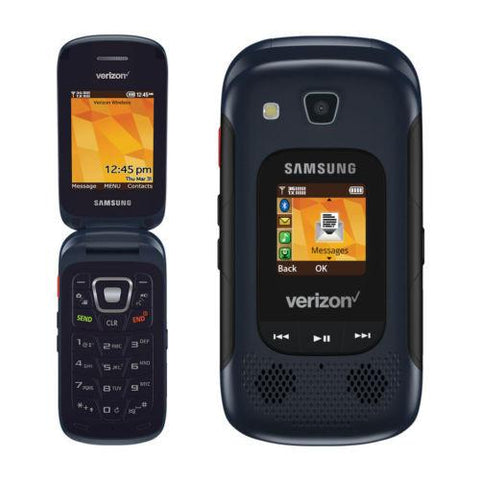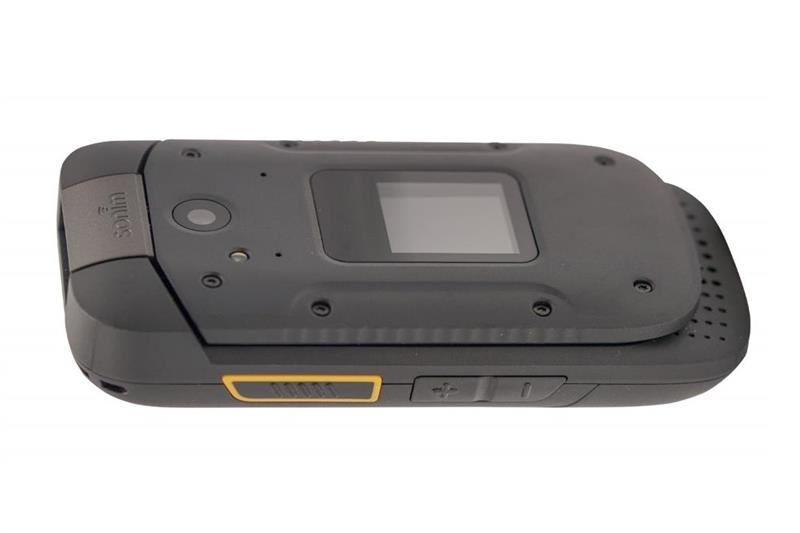

“Also, secondary responders-kind of the broader set of the public-safety community that are sort of enterprise-focused, natural-gas and public utilities-are eligible for this service, as well, as long as they qualify within that secondary-responder community, and they can buy their services today.” “Our customers can buy the service on a direct purchase order, or we are working on getting it onto our government contracts that our customers normally buy against,” Nilan said. But the video is not.”Īvailable immediately, Verizon’s Push-to-Talk Responder service will cost $12 per month for government/first-responder users and $15 per month for enterprise/secondary-responder users, according to a Verizon spokesperson. “What we didn’t want to do was delay the entire product set, because there are a lot of other features in mission-critical that are included in this release, in terms of voice and data services. “We wanted to get this out, and we felt like the video just needed a bit more testing, so that’s probably going to be pushed for a few months,” Nilan said. While MCPTT is expected to receive the most attention from the marketplace, Nilan said the initial version of Push-to-Talk Responder also supports MCData-the 3GPP standard for sending data quickly via a push-button control-but does not yet include MCVideo functionality. “So, this will be the best push-to talk experience that anyone’s had.” You’re getting the best possible experience for mission-critical or push-to-talk-type services on a handset, which we couldn’t ever do with push to talk as an over-the-top application.

“ providing quality of service on your connection, so you’re not going to have any buffering issues, any lag or jitter. “We’re really excited about the performance on the network that we’ve seen, over and above the traditional PTT devices,” he said. Verizon’s Push-to-Talk Responder-technology provided by Ericsson-meets the 3GPP’s challenging MCPTT performance metrics for latency and call-setup when used on the nationwide Verizon LTE network, which provides quality of service, priority and preemption to qualified first-responder and secondary-responder users, according to Nilan. We’re very confident that what we’re putting into market now is really exciting and game-changing for public safety.”

“This investment in our first release here is really going to be complemented with future development on more devices and more services. “Finally being able to standardize push to talk on the 3GPP standard is definitely going to provide long-term support for mission-critical users, so our public-safety users can take advantage of these mission-critical services. “This has been something that we’ve been working on for a long time,” Nick Nilan, Verizon’s director of public-sector product development, said during an interview with IWCE’s Urgent Communications. Verizon today launched Push-to-Talk Responder, the carrier giant’s first offering that is fully compliant with the 3GPP mission-critical-push-to-talk (MCPTT) and mission-critical-data (MCData) standards when users are on the carrier giant’s network, as well as supporting interoperability with LMR systems.


 0 kommentar(er)
0 kommentar(er)
